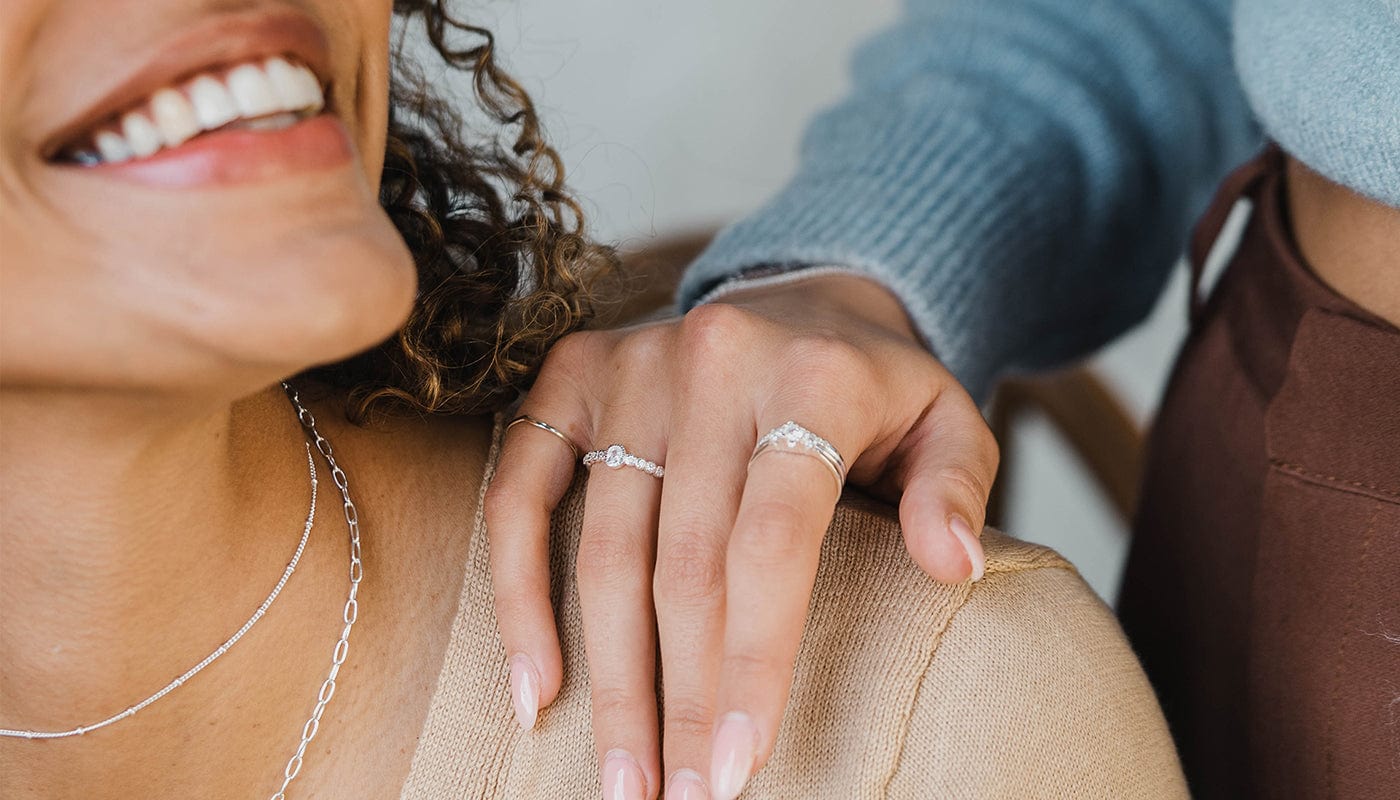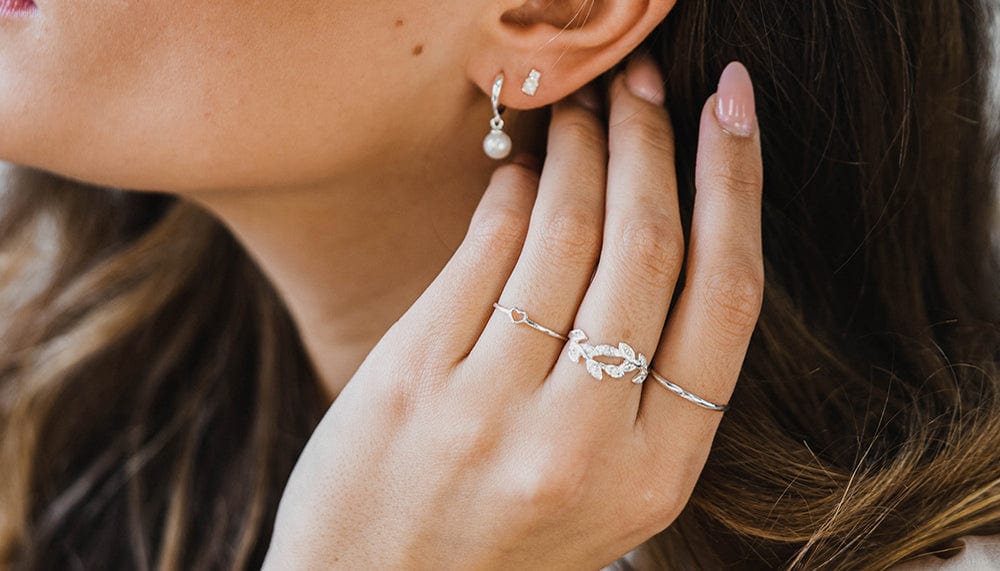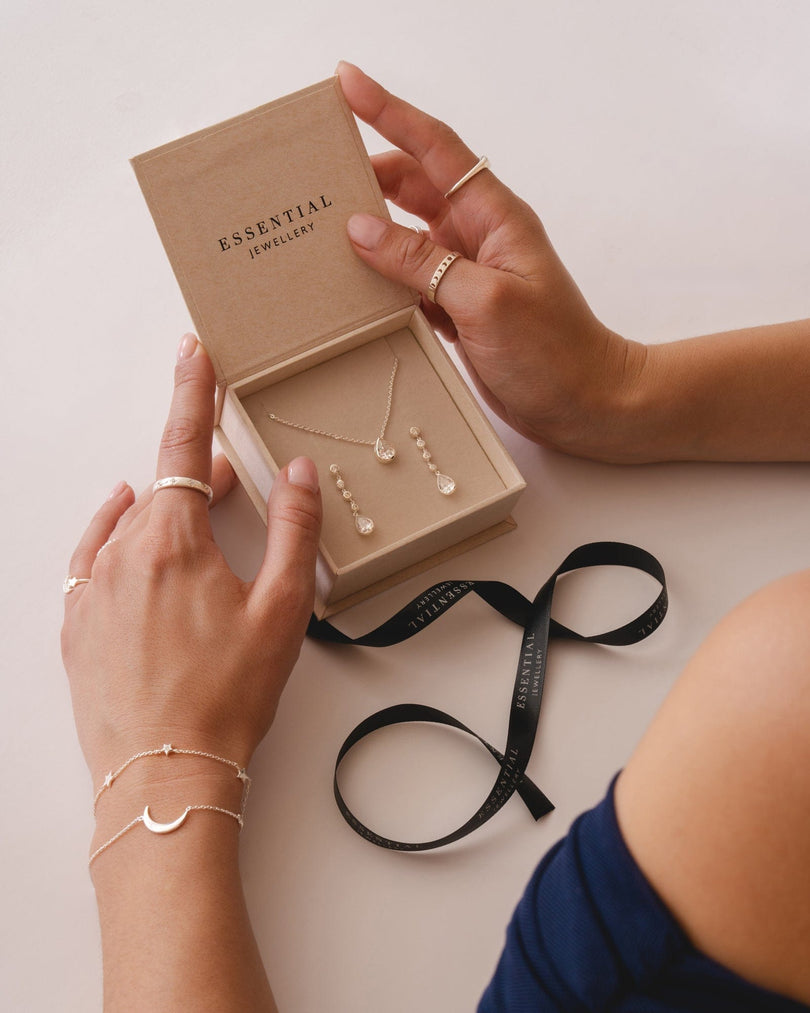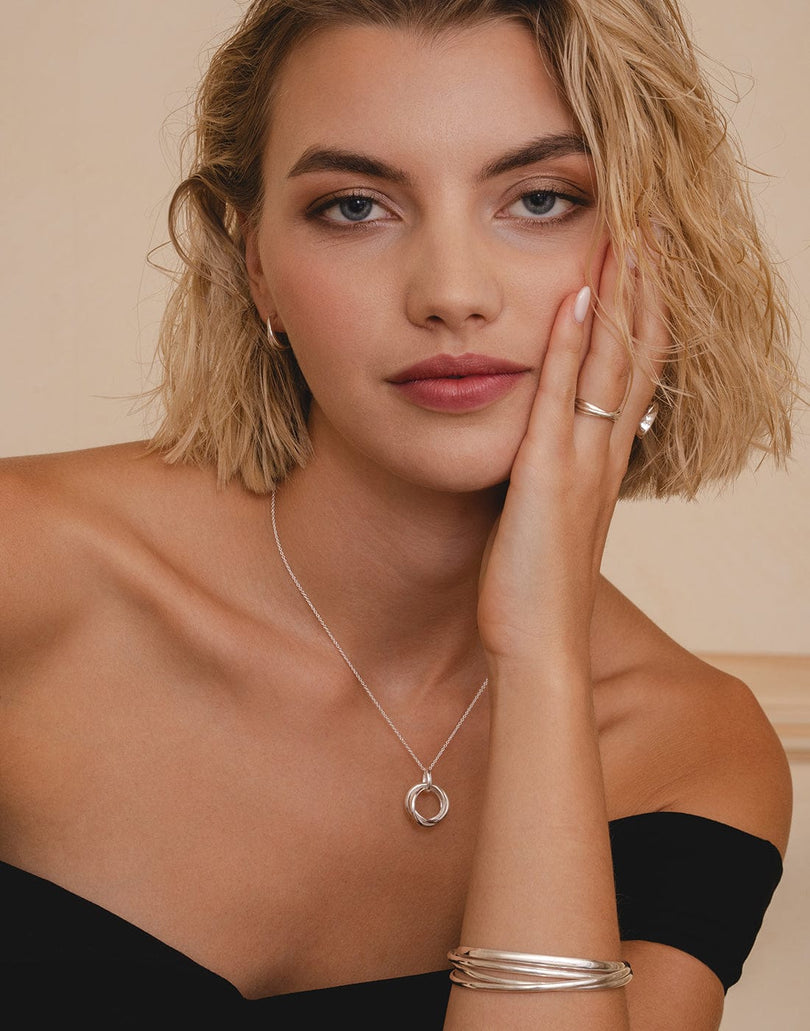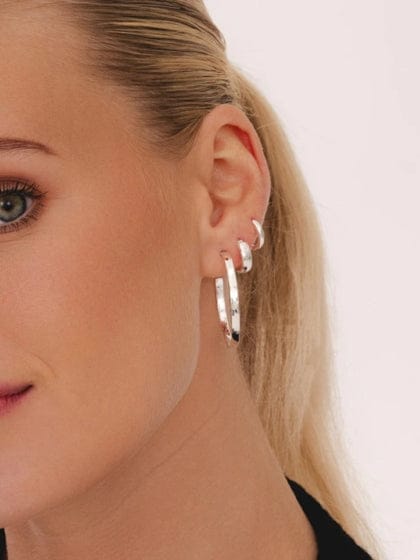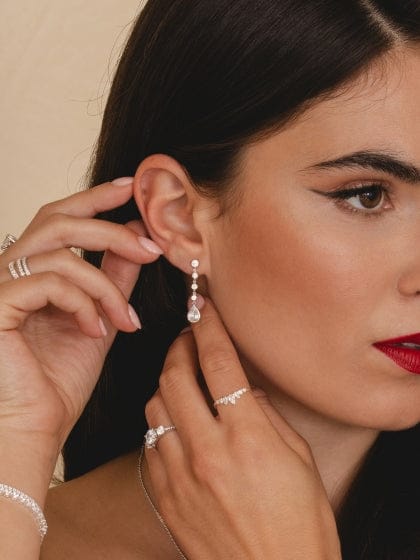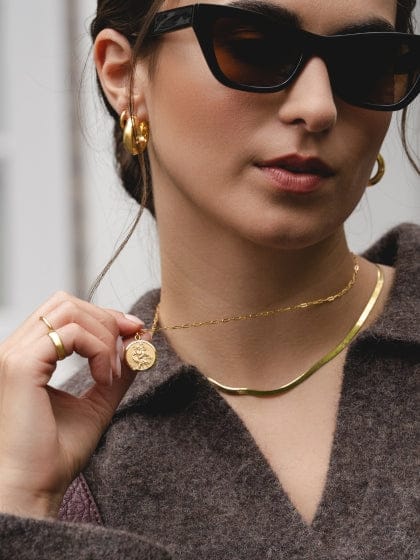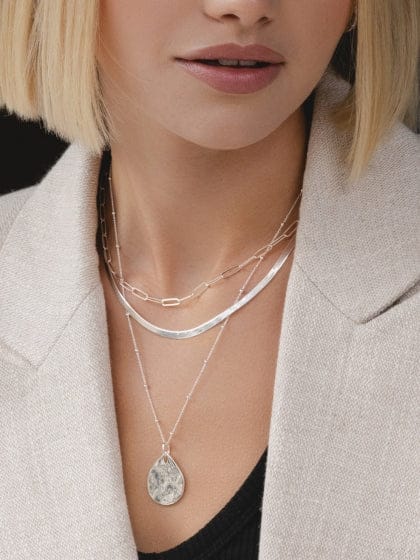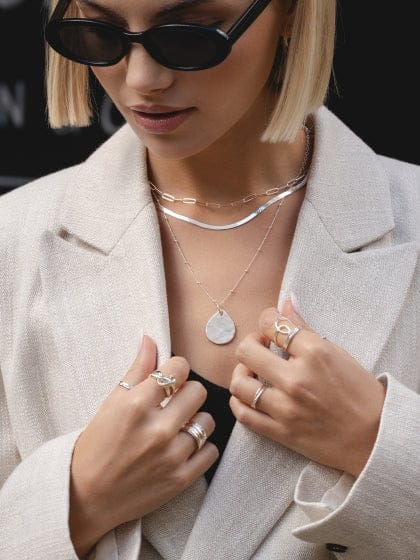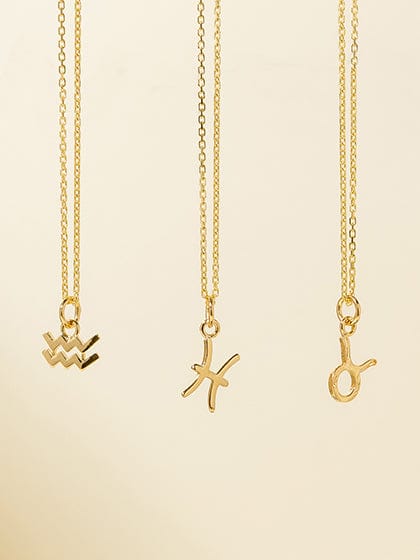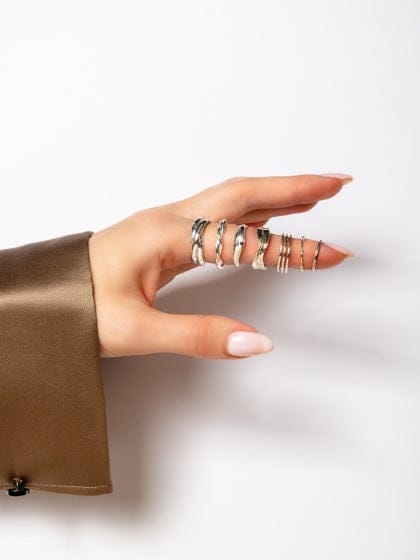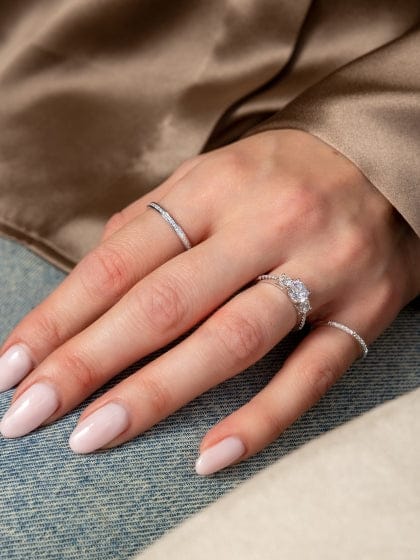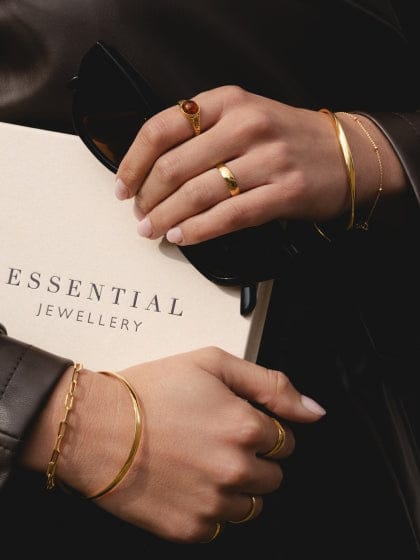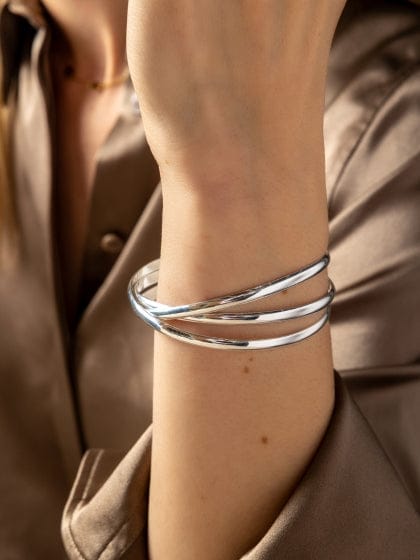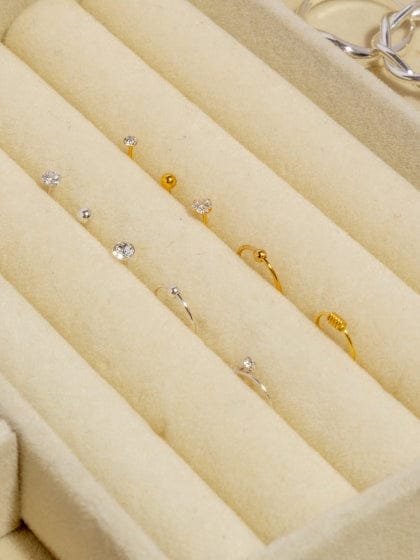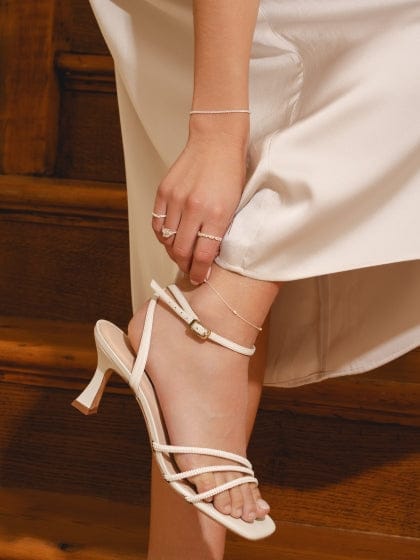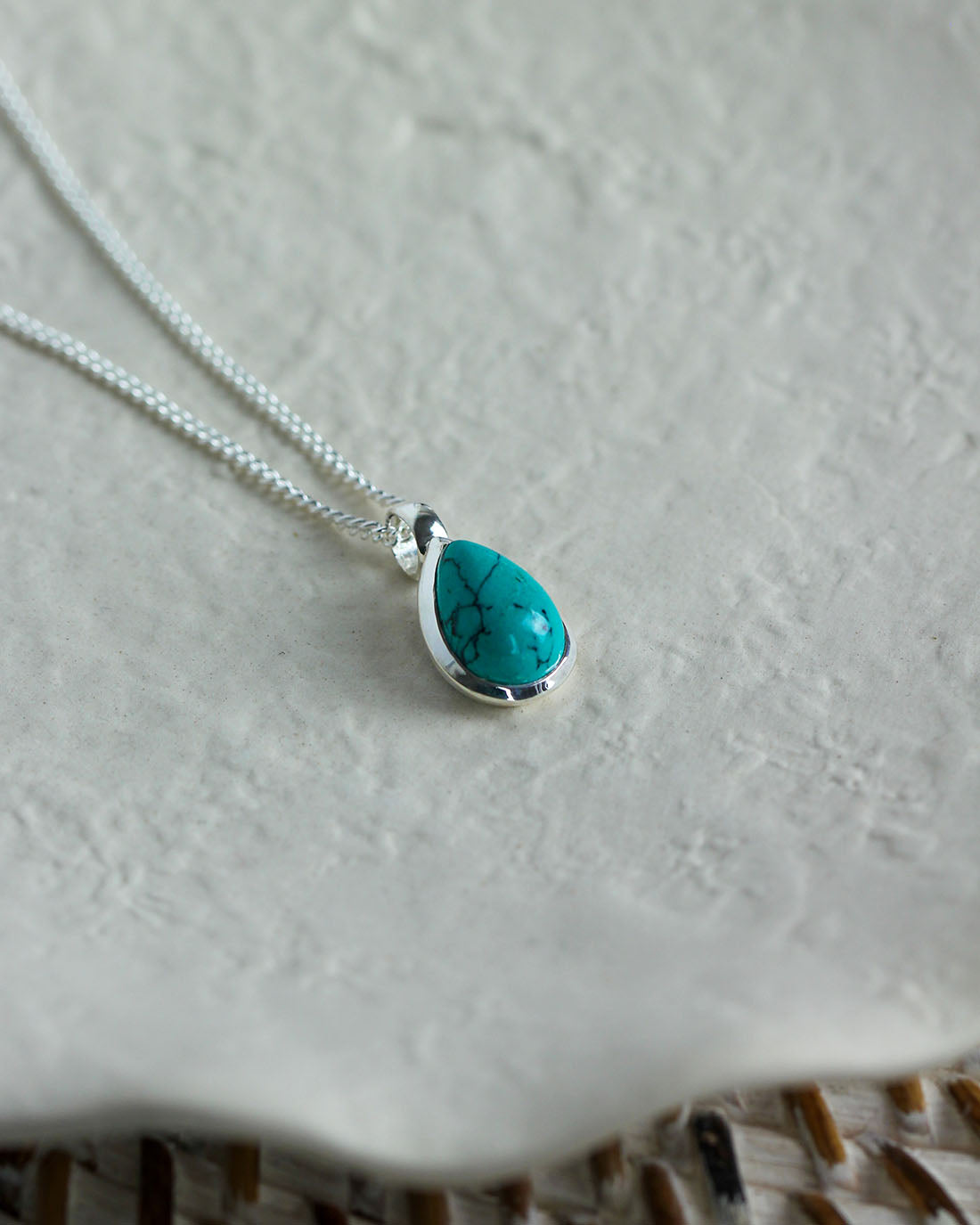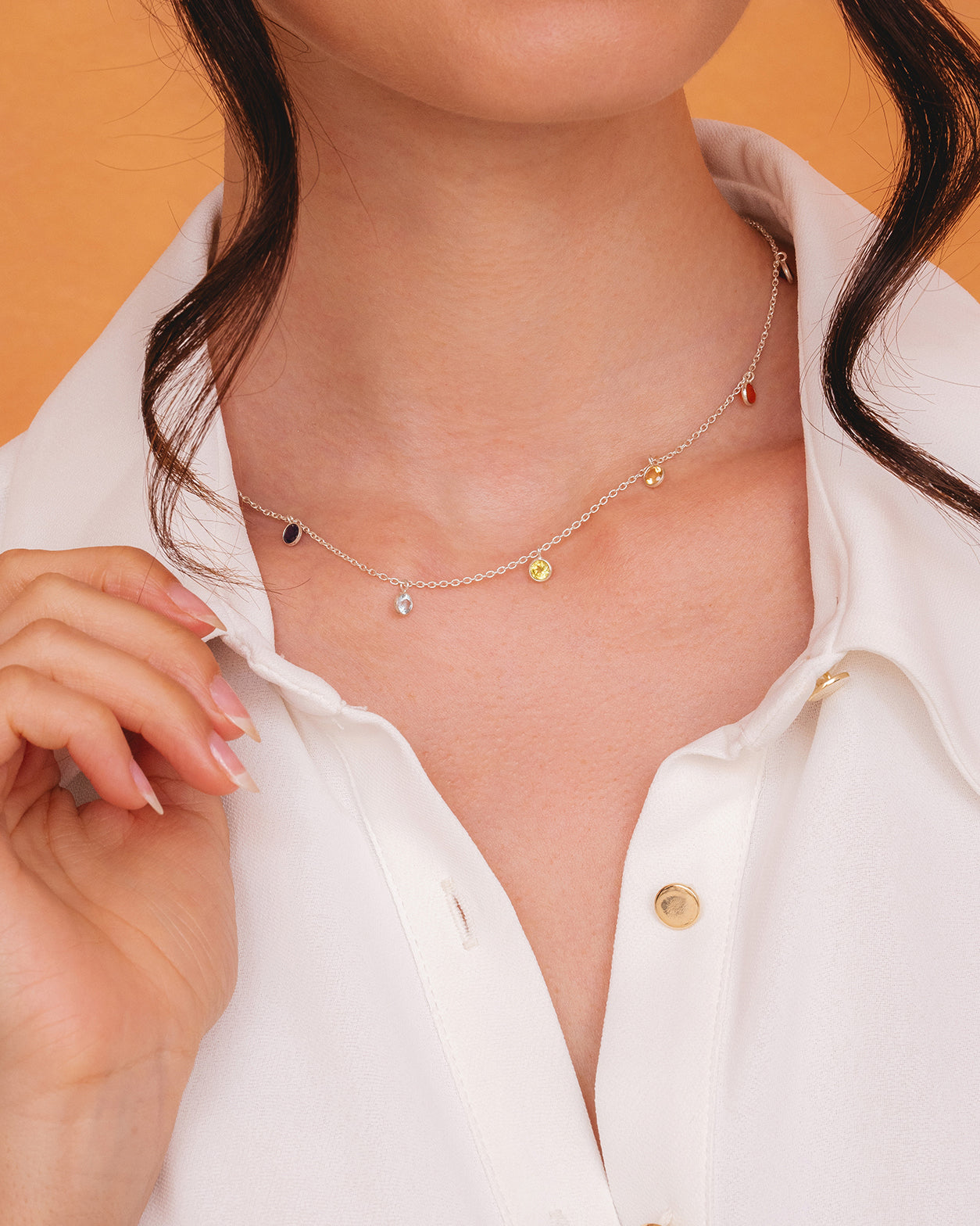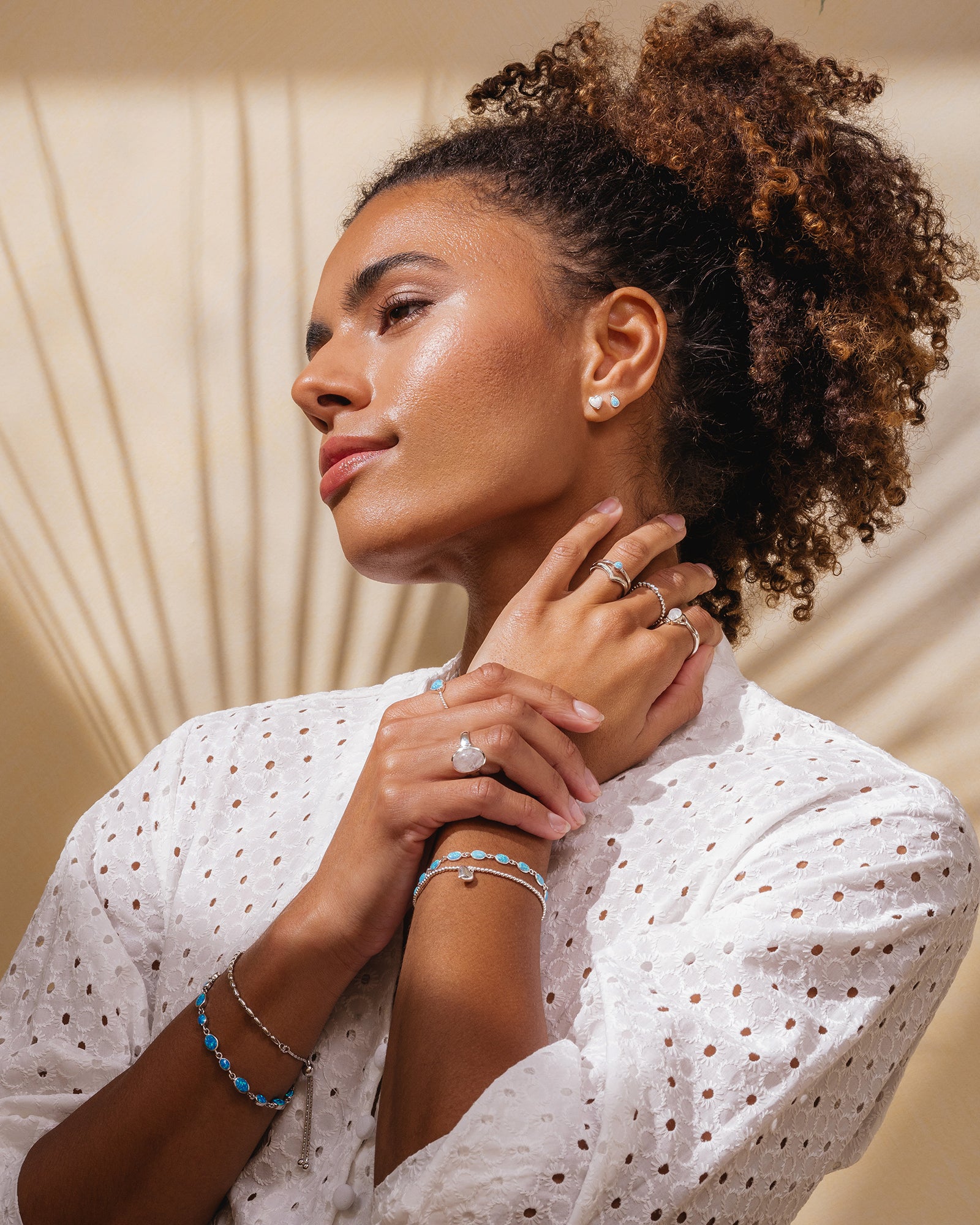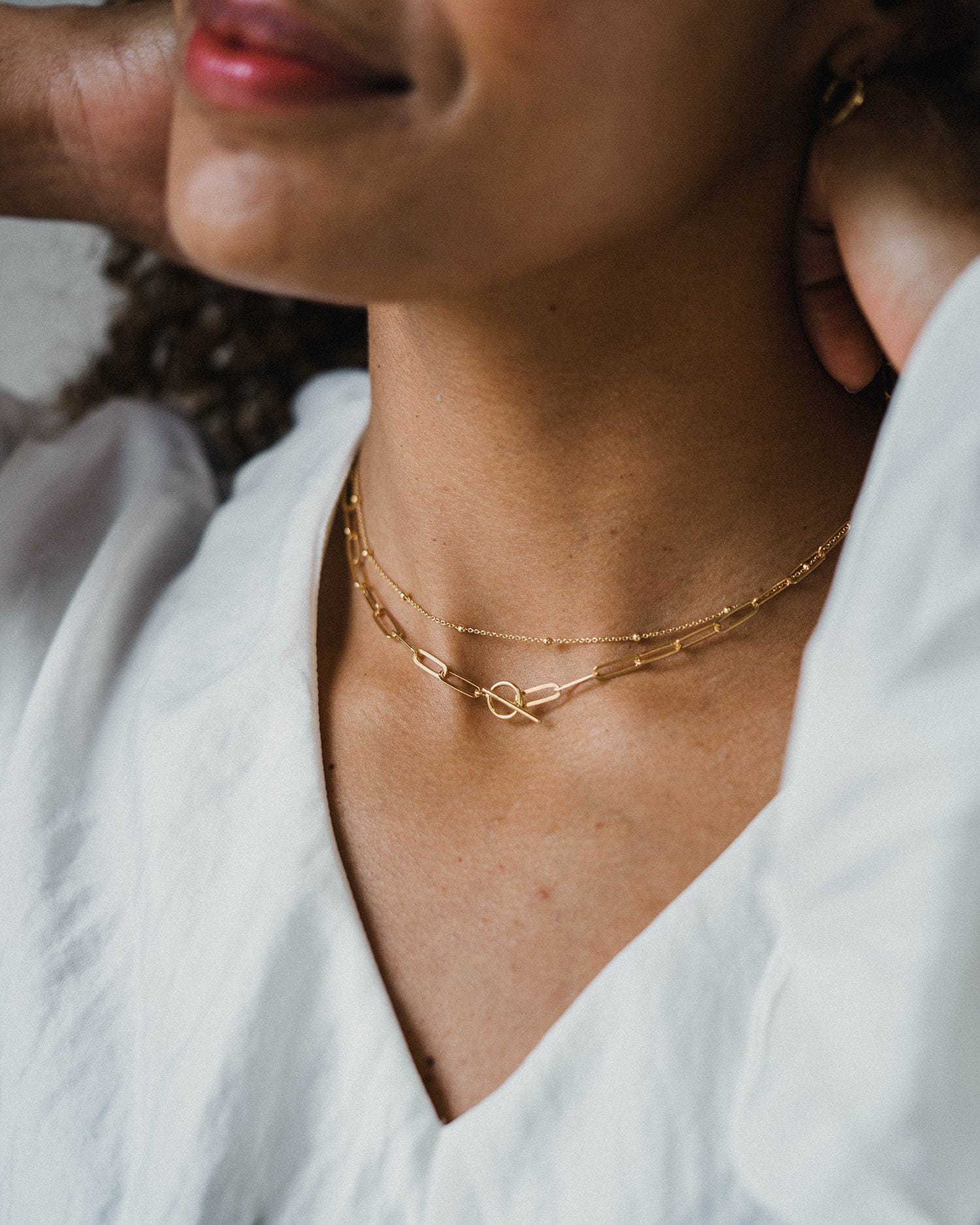Birthstone Month: December
Meaning: Turquoise is a harmonizing stone that is said to alleviate nervousness, help with problem solving, relieve stress from a hectic life, and promote friendship. It is also believed to have protective qualities.
What is turquoise?
Turquoise is a blue-green mineral valued for its rarity and unique hue, and widely used as an ornamental stone. Popular in the 16th century to adorn places of worship in Turkey, turquoise was eventually traded in Turkish bazaars and brought to Europe by merchants and travellers. Because turquoise is fragile, just slightly stronger than window glass, special care must be taken during extraction and transport. Variations in colour are due to the presence of metals, such as iron impurities in the case of green turquoise, and copper impurities in the case of more blue coloured turquoise. Turquoise is found in North America in the dry areas of Arizona and New Mexico. It is also found in China, Iran, Turkey, Egypt, and Persia.
How is turquoise used in jewellery?
Turquoise can be rather porous and chalky and is often not suitable for jewellery
until it is treated. There are various processes that are used on turquoise.
Stabilization is a treatment that uses a resinous substance. The process uses
pressure and heat to fill the microscopic gaps in the stone with plastic resin. When cured, the product is a treated stone hard enough to cut and polish. Stabilization allows genuine but lower grade turquoise to be used in jewellery. Stabilization helps to keep the stone from chipping and prevents changes in colour from contact with skin oils.
Some jewellery may be made with reconstituted turquoise which is ground turquoise from smaller or flawed stones that is moulded together with epoxy resin, dyed and pressed into turquoise beads.
The coloured spots or lines that appear in a turquoise gemstone come from the host stone that the turquoise was formed in. The host rock matrix can be golden, rust-red coloured, black, and brown or be darker shades of green or blue, and will colour the surface of the turquoise. Matrix that is thin and evenly spaced over the surface of the stone is commonly known as a "spider web" matrix. Spider web matrix usually enhances the collectability and value of turquoise in the US, but in some other places, it makes the stone less valuable. Spider web matrix patterns are fairly common in stones from Nevada mines.
Turquoise has been used in jewellery making for over 5000 years, dating back to use in ancient Egypt. It also has a long standing history of over 1000 years with Native Americans who have used it extensively for protection and healing. The stone was also used in religion, art, trade, treaty negotiations, and jewellery.
How Do I Care For Turquoise?
Turquoise needs to be cared for to stay in top condition. Because the stone is
sensitive to chemicals and naturally fragile, it should not come in contact with strong perfumes or chemicals, should be kept away from direct sunlight, and should not be hit or knocked against hard surfaces. Turquoise is easily scratched, so it is important to care for it during storage as well. Keep it in a separate pouch away from other jewellery to avoid scratching.
